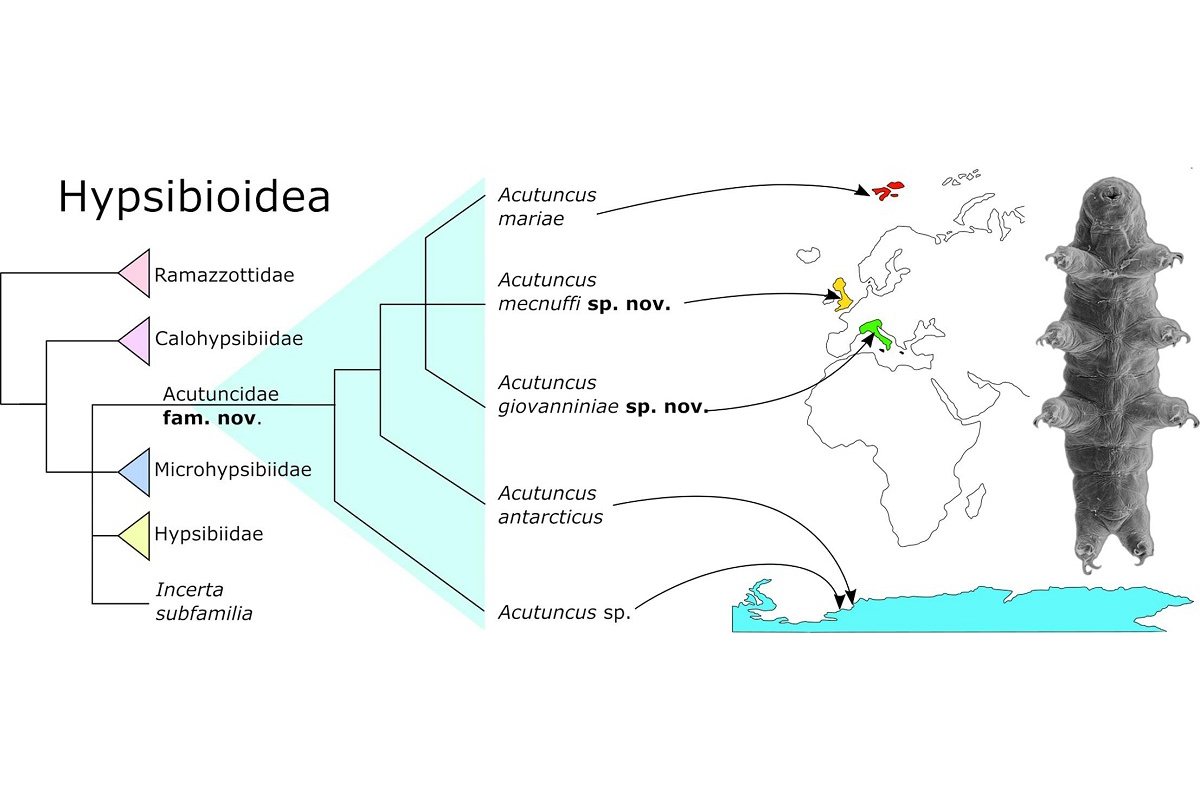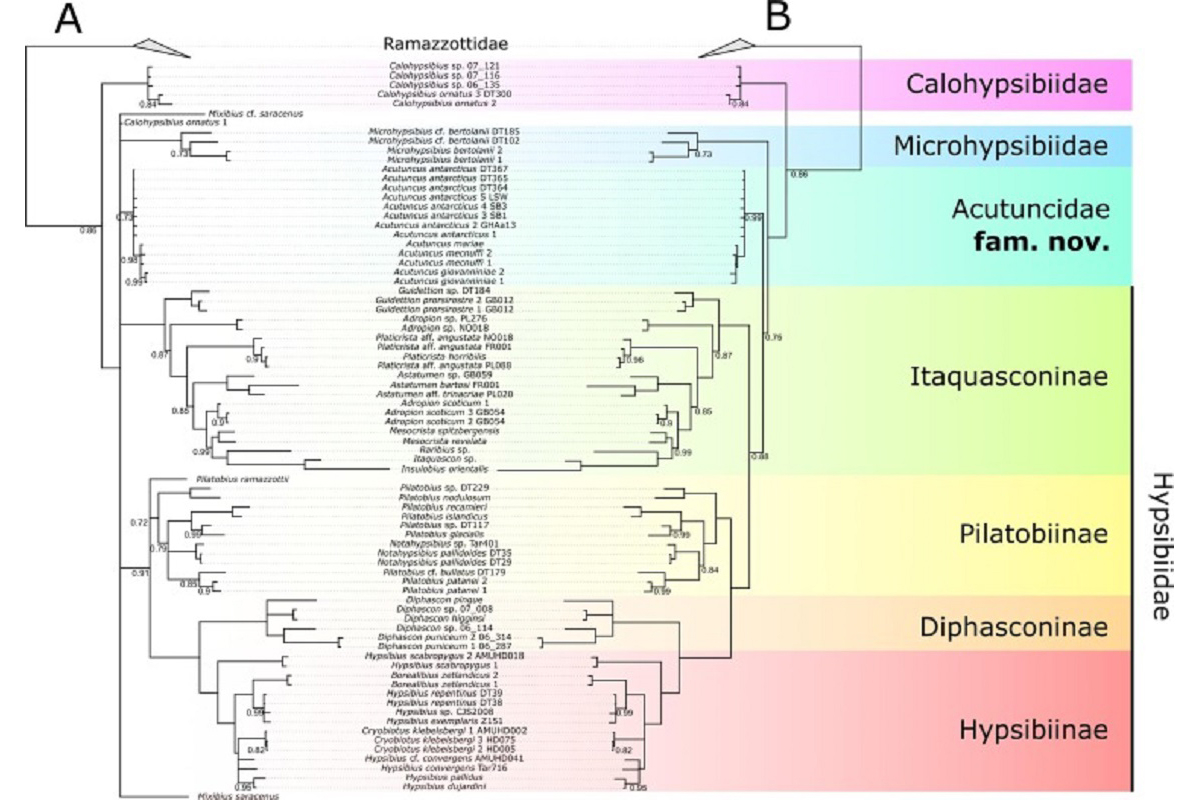Zoologists at St Petersburg University discover a new family of tardigrades
Scientists at St Petersburg University, as part of the international team of researchers, have re-evaluated the morphological diagnoses of Acutuncus found in Antarctica, Great Britain and Italy and proposed a new tardigrade family Acutuncidae.

Tardigrades are well-known invertebrates that are usually less than 1.5 mm long. These animals are able to survive in the depths of the ocean, on the tops of mountains, and even in outer space. Little wonder, they are mesmerising for researchers. Zoologists at St Petersburg University and scientists from Poland, Finland and Italy have identified a new family of tardigrades that are morphologically and genetically different from the already known groups.
The research findings are published in Molecular Phylogenetics and Evolution
The scientists studied species of the tardigrade genus Acutuncus found in Antarctica, Great Britain and Italy. This tardigrade genus has been long thought to be an Antarctic endemism and to be represented only by Acutuncus antarcticus. Yet, recently a new species of this genus has been found and described in Svalbard.
‘We have conducted a molecular and morphological analysis of the previously described and newly found species of this genus and proposed a new family, i.e. Acutuncidae. All species of this family are distinguished by a special eggshell structure. In other words, the eggshell consists of a thick inner layer with pillar-like structures. It is not found in other families,’ explained Denis Tumanov, Assistant Professor in the Department of Invertebrate Zoology at St Petersburg University.

The European and Antarctic species of Acutuncus differ in egg laying strategy. The Antarctic species of Acutuncus lay eggs freely to the environment, while the European species of Acutuncus lay eggs within the exuviae.
The research project was partially performed at the resource centre ‘Centre for Molecular and Cell Technologies’ at the Research Park at St Petersburg University. The continuation of this research work has been supported by a grant from the Russian Science Foundation (project ‘Study of the fauna of terrestrial tardigrades in Russia’).
The project provided a new, more detailed and accurate description of the Antarctic species of tardigrades to use for describing other species living in this territory, said Denis Tumanov, Principal Investigator of the research project and St Petersburg University zoologist.

